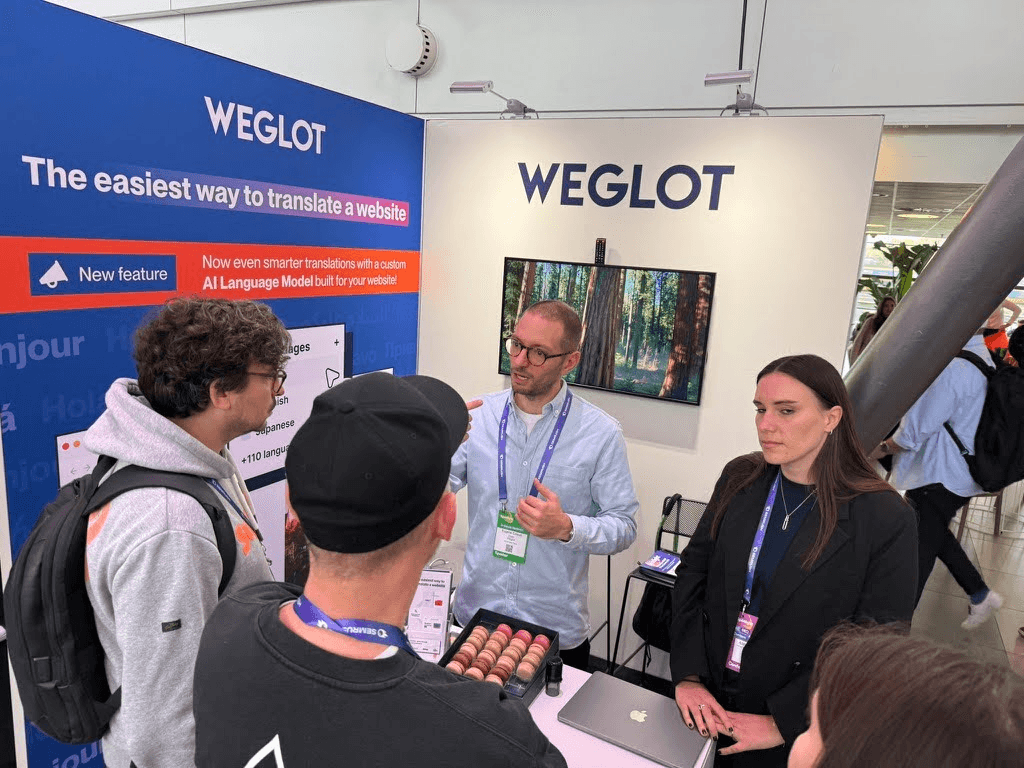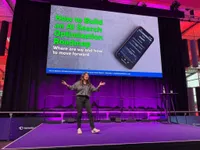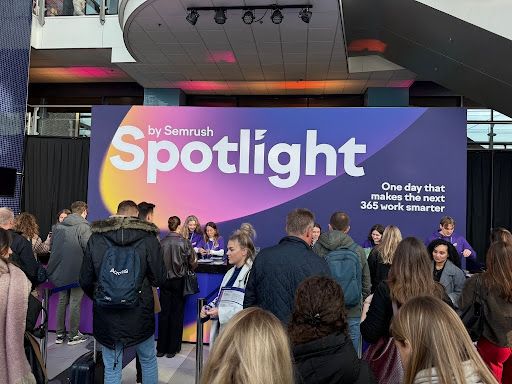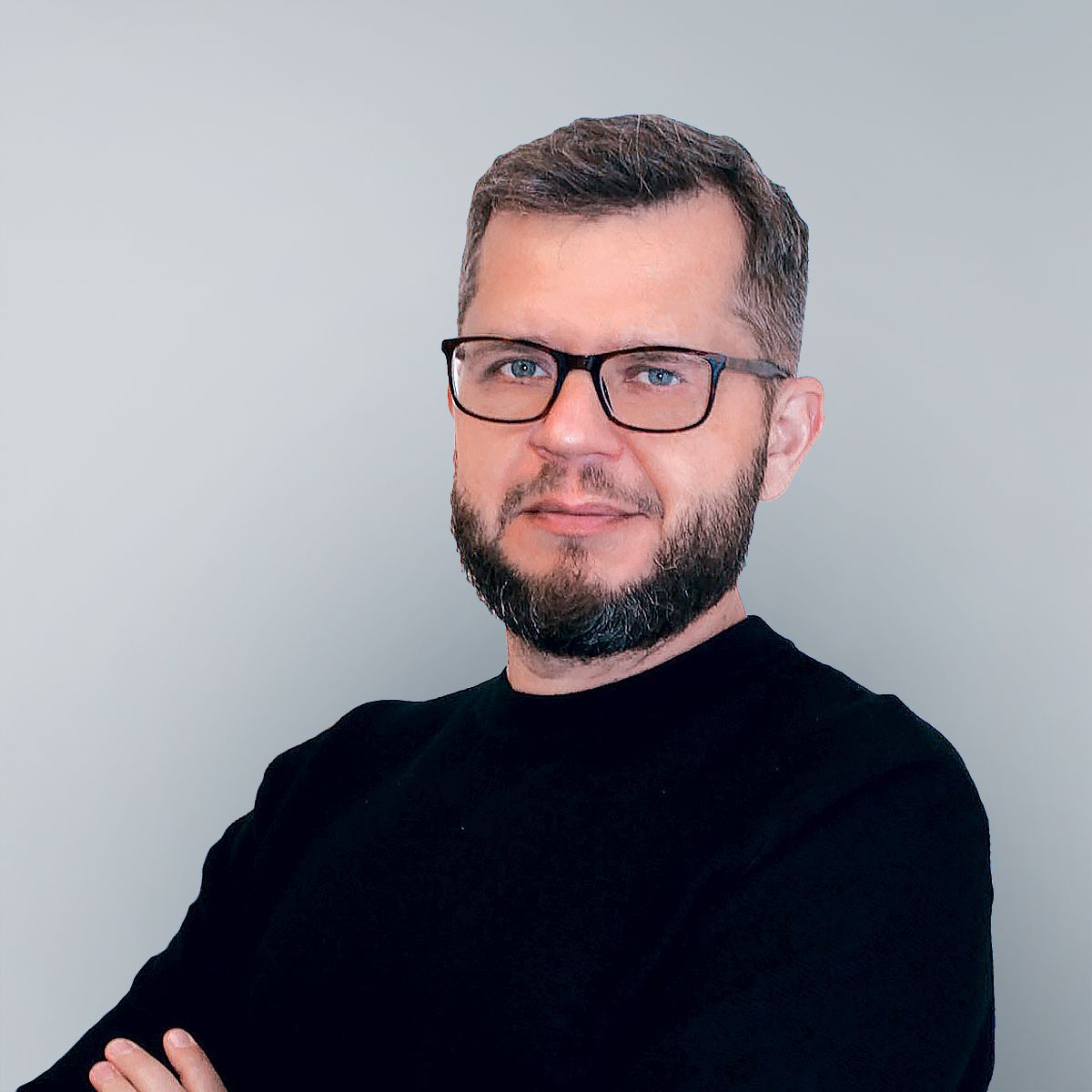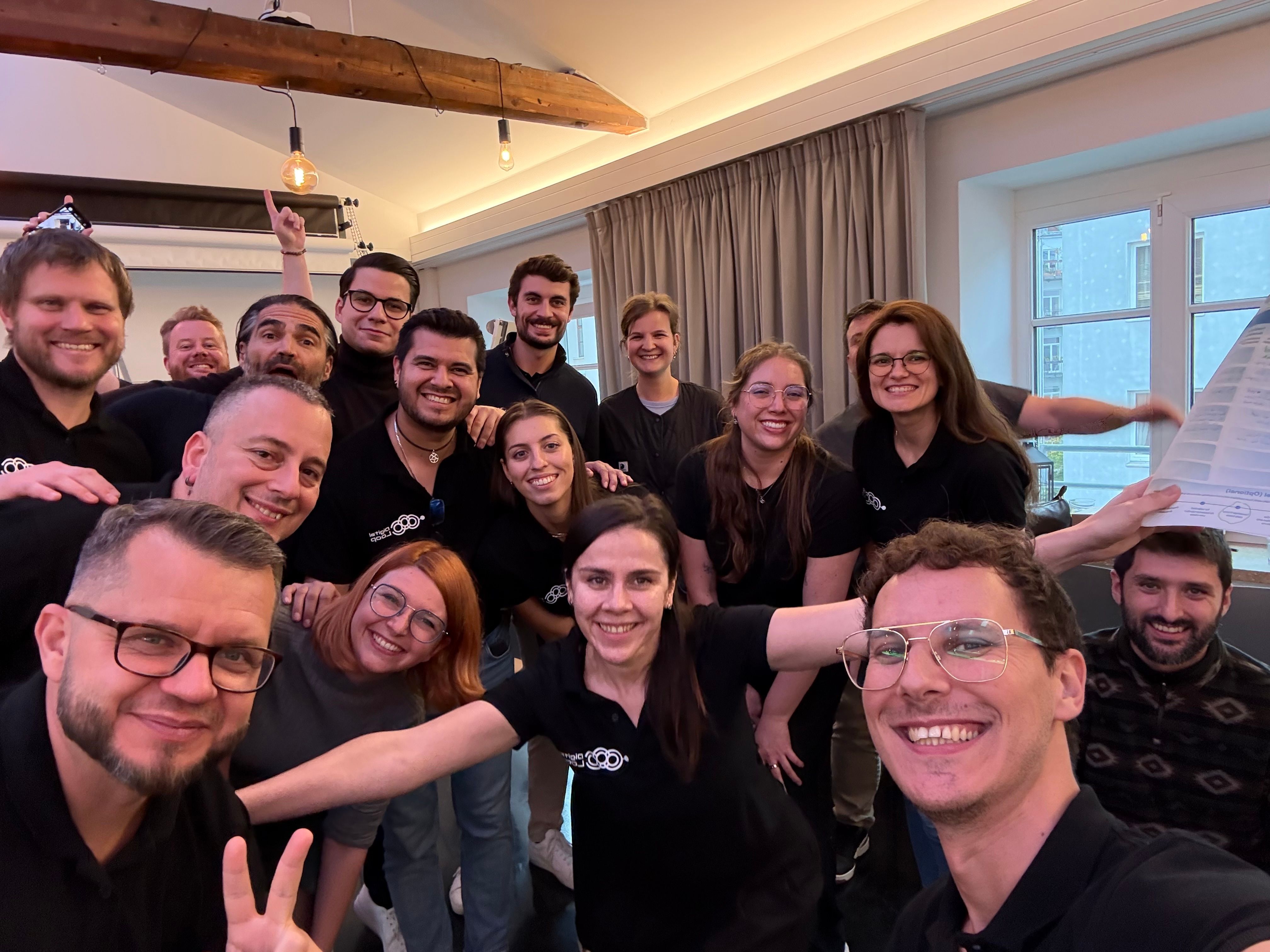
This year’s Semrush Spotlight 2025 in Amsterdam felt less like a marketing conference and more like a glimpse into the future of digital creativity.
I spent the day jumping between sessions that spanned from Duolingo’s cultural rebellion to Bosch’s AI-driven localization, from Wise’s customer-first SEO philosophy to Danone’s massive website consolidation project.
The common thread across all of them? A fearless approach to experimentation, and a shared belief that the brands willing to take creative and technological risks will define the next era of marketing.
Here’s a recap of the sessions that stood out the most to me, packed with ideas, lessons, and a few “aha” moments. Click here to have a look at the slides deck!
Speaker: Shlomo Genchin
Make B2B Ads Fun Again
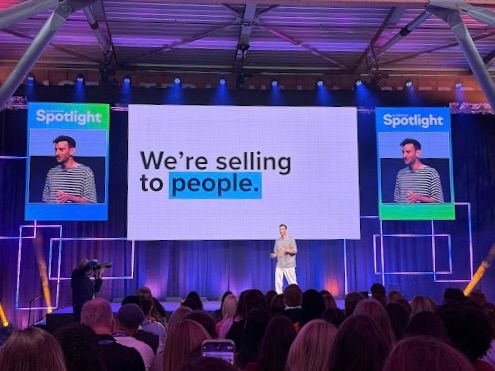
The first speaker who really caught my attention was Shlomo Genchin. His perspective on turning boring B2B products into something genuinely engaging felt like a breath of fresh air. He reminded me that even in industries that seem too serious or technical, marketing is still about real humans.
The way he explained how humor, emotion, and storytelling can outperform traditional safe campaigns made me rethink how B2B communication could look.
His talk was not directly about SEO, but it hit close to home for me. I have seen how many B2B companies struggle to stand out, hiding behind product features instead of connecting through creativity.
Genchin’s message was simple and powerful: fun sells, even in B2B. And I am taking this mindset with me, because the most serious brands often have the most to gain from showing a little personality.
Speaker: Luuk de Klijn
The Enterprise Dilemma: Scale or Experimentation?
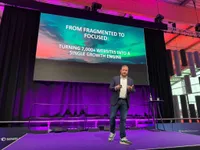
One of the most thought-provoking talks for me at came from Luuk de Klijn, who shared how Danone managed to unify its massive network of more than seven thousand websites built on different CMS platforms into one streamlined system.
I could immediately relate to this story. Earlier in my career, I worked with a team that managed a large cluster of sites, each running on a different platform (WordPress, Wix, or fully custom builds). Keeping everything consistent, fast, and updated was a daily battle.
Now that I work within a single system, I can clearly see how much easier it is to scale, maintain, and optimize a big web ecosystem when everything runs in sync. It feels like a breath of fresh air compared to the chaos of managing scattered websites.
Still, one question keeps coming back to me: how do we balance experimentation with centralization?
Marketing thrives on agility: on testing ideas quickly, experimenting with CTAs, layouts, and content formats. In decentralized setups, this is easy. You can change things fast, track the results, and learn. In large, centralized systems, the same flexibility can get lost under layers of process and governance.
Modern tools like WordPress make it possible to automate repurposing workflows: one article can become a dozen short posts, automatically translated, localized, and distributed across social channels with minimal effort. That kind of speed is what makes experimentation powerful.
Of course, there’s no single right answer here. For enterprises, scalability and control often take priority (and rightly so). Yet, I keep wondering: How can we preserve that experimental spark while building systems designed to scale? Because without experimentation, even the most efficient architecture risks becoming static.
Speaker: Torsten Logsch
Are We Still Automating or Already Building AI Ecosystems?
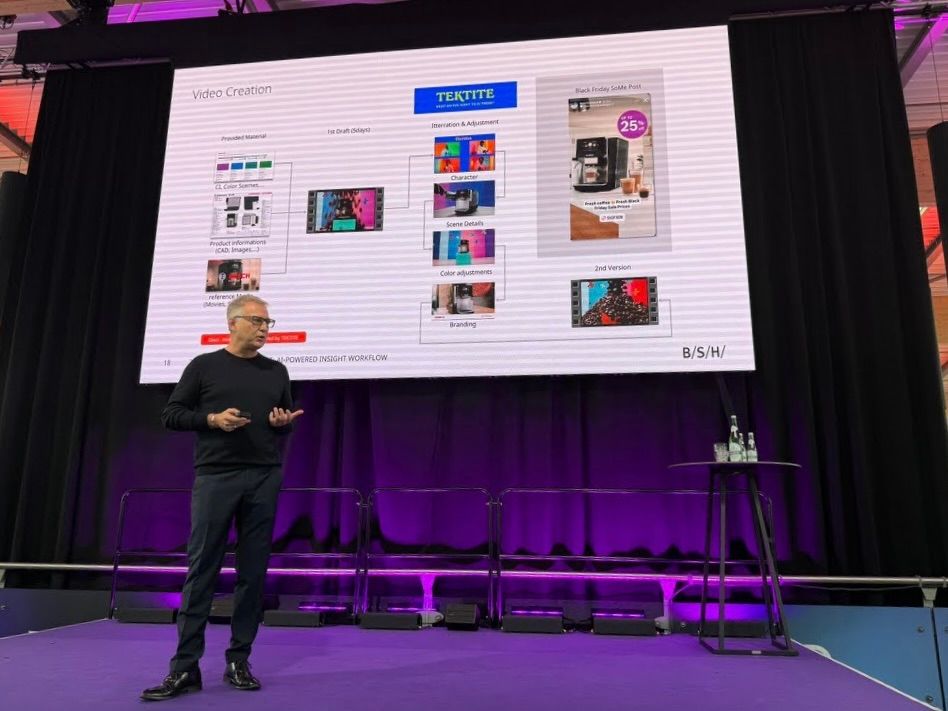
Torsten Logsch’s session “From Data to Decisions: Building AI-Powered Insight Workflows in the Enterprise Stack” stayed with me long after the conference. It was one of those talks that quietly shifts how you see the line between automation and intelligence.
At Digital Loop, I work on building automated workflows for enterprise clients (mostly around Technical SEO and Content Automation). So, when Torsten shared how his team at BSH uses AI to automate and optimize video ad creation, it felt like a parallel universe of the same principles, applied in a completely different domain.
The more I thought about it, the clearer it became: whether we automate SEO processes or creative production, the foundation is strikingly similar: data pipelines, structured inputs, and feedback loops. We are all building systems that learn, adapt, and improve with time.
That realization made me wonder where the boundary really lies. Well… When automation becomes self-improving, when systems start to collaborate and evolve? Are we still talking about workflows, or are we witnessing the birth of full-fledged AI ecosystems?
It feels like we’re moving toward a new era where humans no longer just automate tasks but design intelligent frameworks that grow with us. And that, in my view, is where the real innovation begins.
Speaker: Fabrizio Ballarini
How One SEO Idea Can Turn into Real Business Value
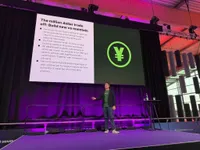
One of the talks that also genuinely impressed me was Fabrizio Ballarini’s session, “How To Get Millions of Visits with SEO Products.” He showed how a single, well-executed SEO idea can evolve into something that brings lasting value for both users and the company.
What really stood out was the story behind Wise’s currency conversion calculator, a simple concept that became a powerful growth engine. Instead of chasing vanity metrics or empty traffic spikes, the Wise team focused on creating a tool that truly helped people, even if they were not direct customers.
That mindset resonated with me. I have seen many companies invest huge effort into ranking for high-volume keywords without asking the most important question: Does this actually help anyone? Fabrizio’s approach showed how meaningful it is to build something useful first and let SEO amplify it.
It reminded me that great SEO is not only about visibility. It is about trust, loyalty, and consistent value.
Why Peeking into Other Kitchens Matters
Attending Semrush Spotlight 2025 felt like opening the door to the kitchen of other enterprises and seeing how they cook their success. It is always fascinating to observe how different teams approach the same challenges, from scaling websites and automating workflows to building trust through creativity.
Looking behind the scenes of other companies gives perspective. It helps me understand where my own organization performs well and where there is still room for improvement. Sometimes all it takes is one talk, one idea, or one shared experience to spark a new way of thinking. And that is exactly what this event delivered: a reminder that learning from others is one of the fastest ways to grow.

